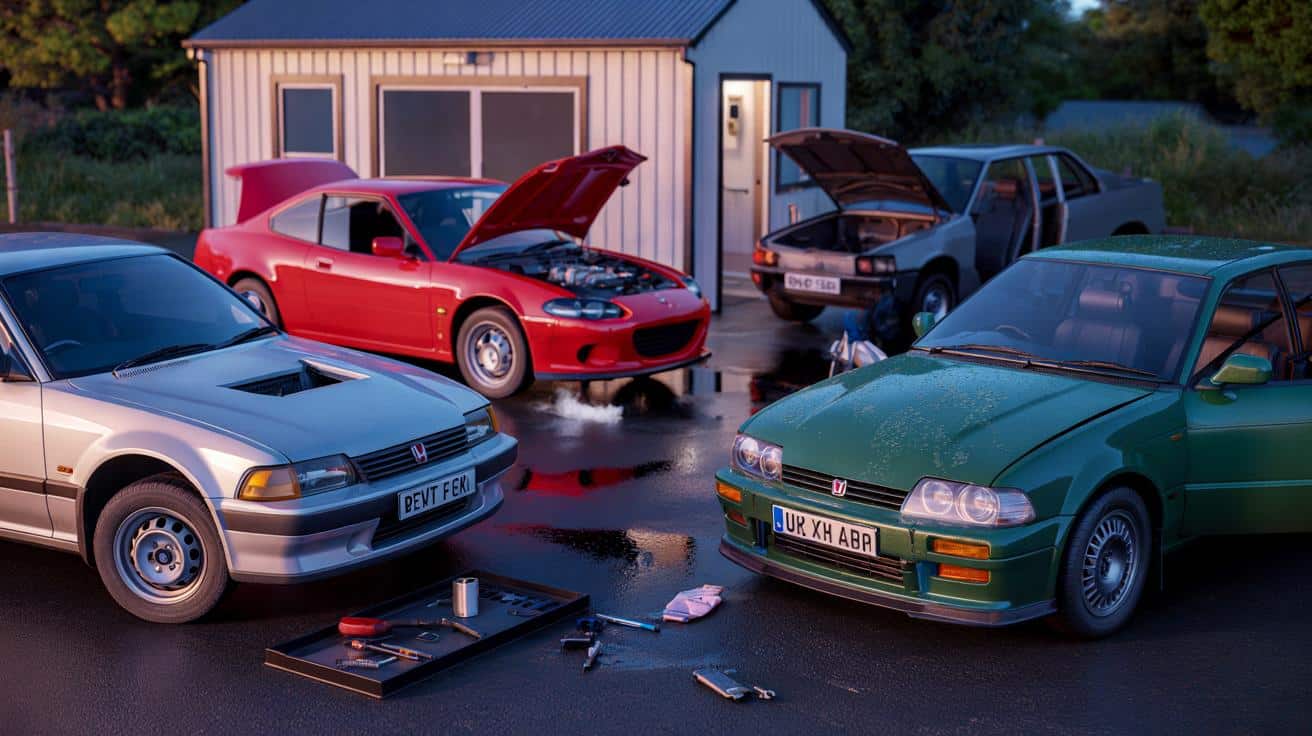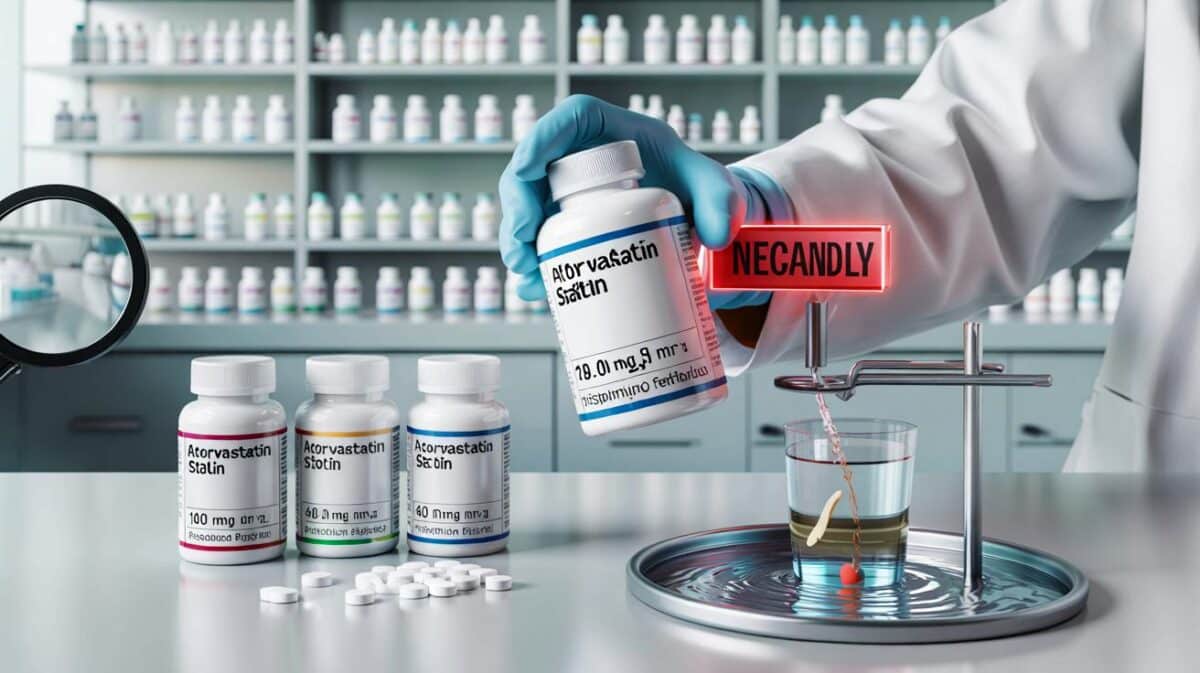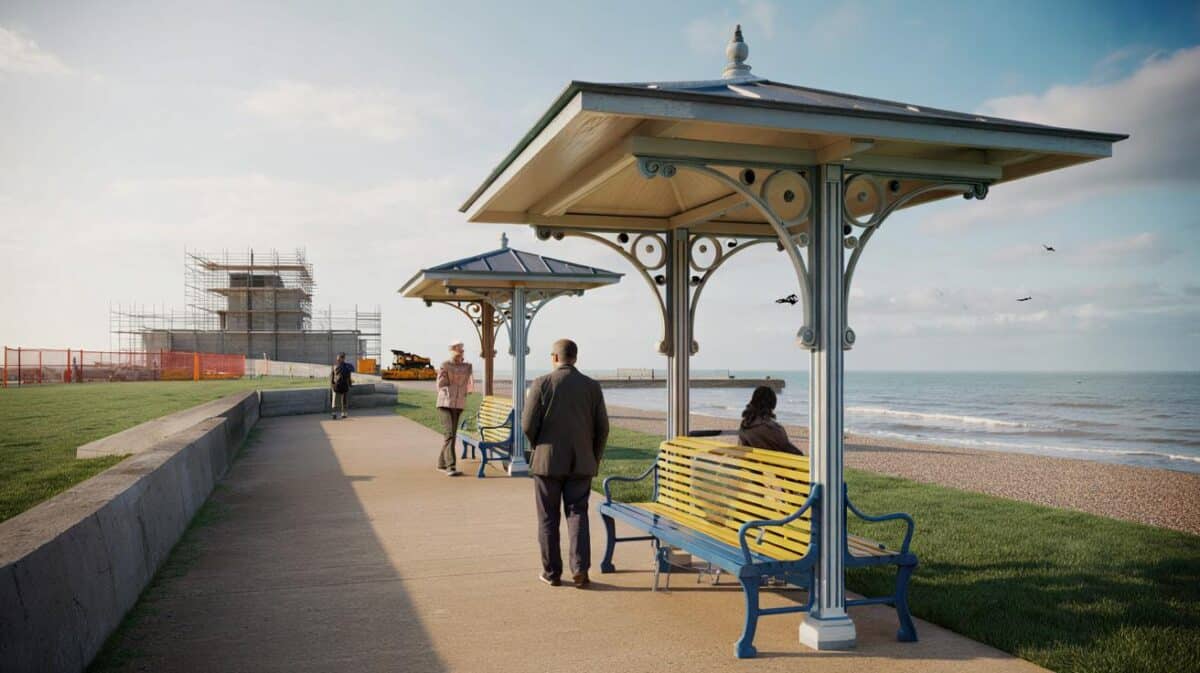But a handful of once‑tempting models hide costly pitfalls that catch buyers off guard.
Prices look sweet, parts seem plentiful, and badge reputations soothe doubts. Yet some cars age badly, suffer rare engines, or carry safety baggage. If you’re browsing classifieds, read this before you hand over cash.
Cheap to buy doesn’t mean cheap to own. A £1,900 coupé can snowball into four‑figure bills within months.
What this guide covers
- The five Japanese models most likely to drain your budget in 2025
- Typical faults, quick checks and realistic repair costs in pounds
- Who can still buy them safely—and how
Mazda RX-8
What goes wrong
The RX-8’s rotary engine charms on paper but punishes in the real world. Owners report hard hot starts, compression loss, flooding after short trips, heavy oil use and catalytic converter failures. Emissions rules and road tax bands add pain. Fuel economy stays poor in mixed driving.
Quick checks before you buy
- Insist on a hot restart after a 20-minute drive
- Ask for a documented rotary compression test, not just a standard reading
- Check cold idle, misfires and warning lights; listen for chatter
- Inspect service history for 5W‑30 changes and coil/plug replacements
Likely costs
Specialist rebuilds often start around £1,800–£2,500; add coils, plugs and cats, and you can hit £3,000 quickly. Budget for frequent oil and plug changes.
Love the RX-8 for track days? Fine—buy one with fresh compression figures and a contingency fund north of £2,000.
Mitsubishi Eclipse (late 1990s–mid 2000s imports)
What goes wrong
Older Eclipse models tempt at £2,000–£3,000. Age has not been kind. Reports flag fragile auto gearboxes, powertrain vibration, steering racks that loosen up, fast‑wearing tyres from poor alignment, and cabin plastics that crack. Finding trim and transmission parts in the UK can add delays and shipping fees.
Quick checks before you buy
- Drive at 30–40 mph and feel for shudder under light throttle
- Inspect inner tyre shoulders for feathering and uneven wear
- Test every switch; sun‑baked cars often have intermittent electrics
- Confirm parts sources and lead times before committing
Likely costs
Auto gearbox repairs can exceed £1,200. Steering rack and alignment correction with fresh tyres can land around £600–£900.
Honda CR‑X del Sol
What goes wrong
The targa‑top del Sol wins smiles on a sunny day but leaks in the rain. Seals shrink, drains clog and carpets mould. The cabin drones at speed. Front brake rotors can warp. Rust creeps into sills and arches, especially on cars that lived outside. Many have aftermarket mods that complicate MOTs and insurance.
Quick checks before you buy
- Hose‑test the roof; lift the carpets and sniff for damp
- Brake firmly from 60 mph; feel for steering shake
- Inspect jacking points and rear arches for bubbling
- Confirm declared modifications and insurer acceptance
Likely costs
Roof seals and drain fixes can reach £400–£700. Rotor and pad refresh around £250–£450. Rust repairs vary wildly but can run four figures if welding is needed.
https://youtu.be/kcAXsjRUg60
Toyota Paseo
What goes wrong
The Paseo’s biggest drawback lies in scarcity. Toyota built it simply and many examples run fine, but UK parts stock is thin. Ageing safety tech, modest performance and limited crash protection reduce appeal for daily duty. Finding specific glass, trim and suspension bits may mean long waits or breaker‑yard hunts.
Quick checks before you buy
- Confirm availability of shock absorbers, window regulators and body seals
- Check for airbag lights and verify MOT history for corrosion advisories
- Assess whether you can tolerate 1990s safety and noise levels
Likely costs
Routine servicing remains cheap, but sourcing rare trim or lighting can cost £200–£500 per item with import fees.
Suzuki Samurai and Suzuki X‑90
What goes wrong
Boxy charm meets tricky dynamics. The short wheelbase and narrow track make these Suzukis feel lively, but sharp manoeuvres can unsettle them. Period reports criticised rollover risk. Later tyres and suspension tweaks help, yet older cars still demand care. Power is modest and motorway trips feel busy.
Quick checks before you buy
- Inspect tyres for correct load rating and recent date codes
- Check for lifted suspensions; poor kits worsen stability
- Test‑drive on a windy dual carriageway to gauge straight‑line confidence
- Look for rust on chassis rails and spring mounts
Likely costs
Quality shocks, bushes and alignment can cost £500–£800. Rust remediation varies; severe chassis corrosion can write the vehicle off economically.
At‑a‑glance risk table
| Model | Recurring headache | Fast check | Typical fix (£) |
|---|---|---|---|
| Mazda RX-8 | Low compression, flooding | Hot restart; compression report | 1,800–3,000 |
| Mitsubishi Eclipse | Auto gearbox, alignment wear | Shudder test; inner tyre edges | 600–1,500 |
| Honda CR‑X del Sol | Leaking roof, warped rotors | Hose‑test; 60‑to‑0 brake test | 250–1,200 |
| Toyota Paseo | Parts scarcity | Source critical spares in advance | 200–500 per item |
| Suzuki Samurai/X‑90 | Stability, chassis rust | Windy dual‑carriageway drive | 500–1,000+ |
If you still want one, pay for a specialist inspection and walk away from cars that can’t prove recent, relevant maintenance.
How to protect your wallet
Run the numbers before you fall for the badge
Add up the realistic first‑year costs: fluids and belts (£300), tyres (£350–£600), brakes (£250–£500), and the model‑specific risk from the table. If that total exceeds 40% of the purchase price, you’re not buying cheap—you’re prepaying repairs.
Use records you can verify
- MOT history reveals advisories for corrosion, brake imbalance and emissions
- Invoices prove compression tests, gearbox services and seal replacements actually happened
- Two keys and a thick file beat vague claims and fresh underseal
A quick ownership simulation
Consider a £2,400 RX‑8 with tidy paint. You budget £500 for tyres and brakes. A month later it struggles to start when hot. A rotary specialist quotes £2,100 for a rebuild and ancillaries. Your £2,400 buy now stands at £5,000+, not counting insurance and tax. A simpler Civic of similar age at £3,200 may need £700 in wear items, but it avoids the big engine bill. Over 12 months, that’s a £1,100 advantage to the Civic, plus better resale.
When these cars still make sense
Enthusiasts and collectors can own them happily with the right mindset. Buy the best example you can find, not the cheapest. Keep a ring‑fenced repair fund of £1,000–£2,000. Join a marque club for hard‑to‑source parts. Drive with mechanical sympathy, keep trips long enough to warm the engine fully, and document everything for the next owner.
Final checks that save deals
- Cold start and hot restart test, back‑to‑back
- Full‑lock manoeuvres in a car park to expose steering or CV issues
- A 60‑to‑0 straight‑line stop to feel rotor warp or tyre flat spots
- A lift inspection for rust, leaks and mismatched suspension components
The right used Japanese car feels bulletproof. The wrong one empties savings. Choose with your head, not just your heart.









Ouch, RX‑8 strikes again.
Are those repair figuers based on specialist quotes or average UK garages? The £1,800–£3,000 range for rebuilds seems wildy variable.